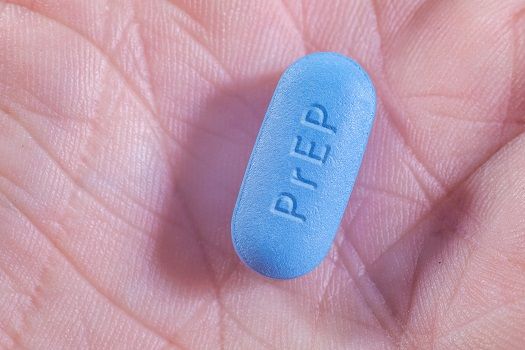Article
Following PrEP Guidelines Will Cut HIV Infections by 33%
Author(s):
If physicians and patients follow PrEP prescription guidelines, it’s predicted to cut new HIV infections by one-third within 10 years.

Pre-exposure prophylaxis (PrEP), a daily human immunodeficiency virus (HIV) prevention pill, became a game-changer when it was approved by the US Food and Drug Administration (FDA) in 2012. If physicians and patients follow prescription guidelines, it’s predicted to cut new HIV infections by one-third within 10 years.
Branded under the name Truvada, PrEP is a combination of tenofovir disoproxil fumarate and emtricitabine. Studies have shown that the drug can prevent more than 90% of HIV cases if used consistently; however, only about 5% of men who have sex with men (MSM) are actually using PrEP now. In 2014, officials from the Centers for Disease Control and Prevention (CDC) released guidelines on using PrEP in clinical practice. Now researchers from Emory University, the CDC, and the University of Washington analyzed the impact the drug could make in a decade.
“This is a modeling study of future impact, meaning that we’re providing forecasts of what could be based on the best available data that we have now,” study author Samuel M. Jenness, PhD, MPH, of Emory University, said in a news release.
- Related: Male Circumcision Plus ART Reduces New HIV Infections
The team used mathematical models to measure HIV transmission among MSM as well as the number needed to treat (NNT) based off of the CDC guidelines.
If 40% of MSM who the CDC recommends should be taking PrEP consistently actually did so for 10 years, it would prevent 1,162 infections for every 100,000 person-years. This means that about 33% of HIV infections would be averted. The researchers predicted that the NNT for the guidelines would be 25.
“Increasing coverage and adherence jointly raise the percentage of infections averted (PIA), but reductions to the NNT were associated with better adherence only,” the authors wrote in The Journal of Infectious Diseases.
The findings indicate that these results would be strong and sustained, so maximizing the public health investment in PrEP appears to be worth it — to say the least.
“There’s still a lot of work to be done to promote this intervention and scale it up more broadly, but our models suggest that the CDC guidelines provide a good framework for doing so,” Jenness concluded.
Also on MD Magazine >>> Gay Men Are Willing to Take HIV Self-Testing Kits from Grindr





